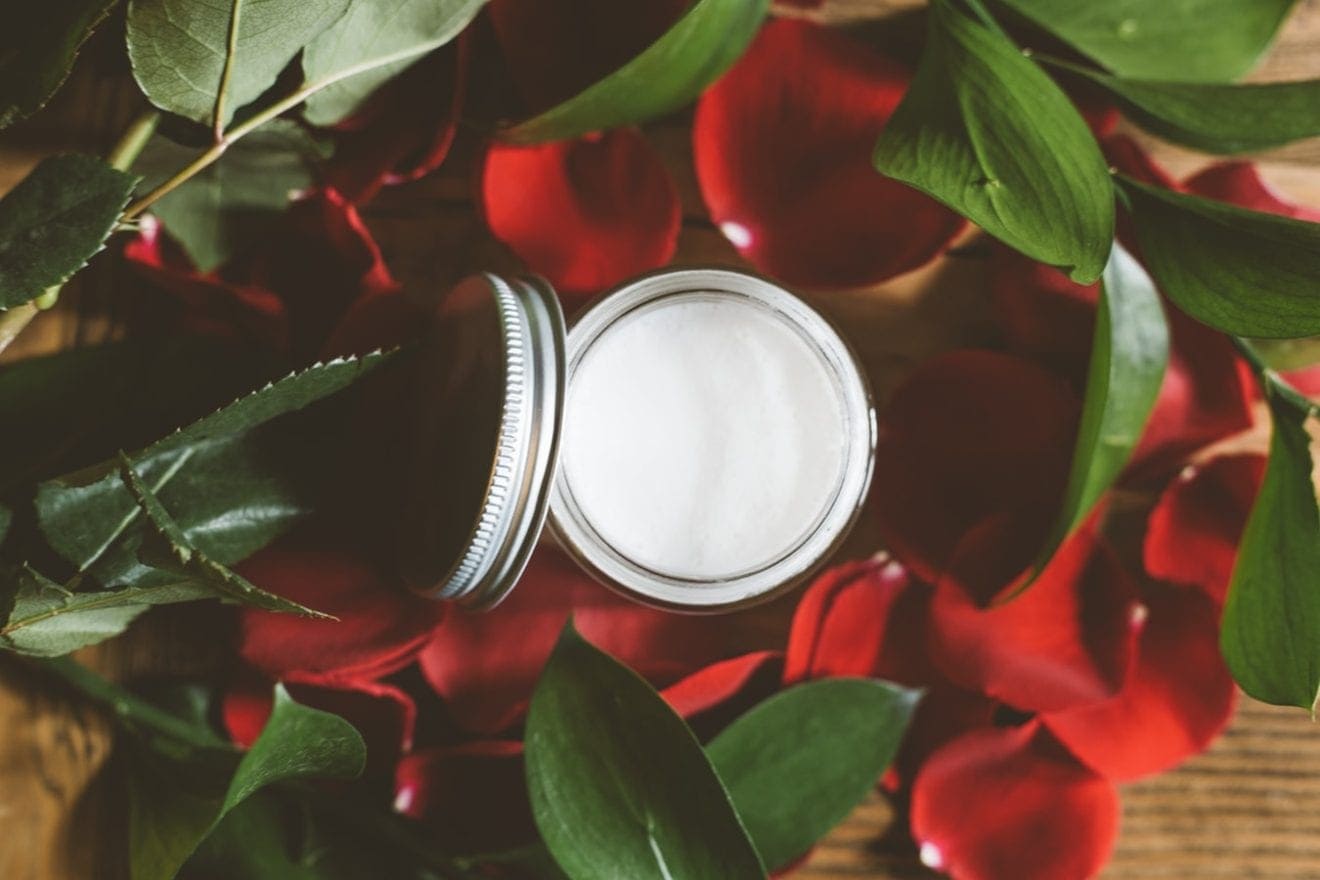Pearl powder is exactly what it sounds like – the powder from crushed pearls. Most people are surprised to find that pearls are not only used in jewelry but is also used in powder form for medical or cosmetic benefits.
While relatively new to the Western psyche, pearl powder has been used in traditional Chinese and Indian medicine for hundreds of years.
Today pearl powder has become a superfood, a ‘miracle’ cosmetic ingredient, with a large following of loyal fans around the globe with many American cosmetic brands incorporating pearl powder into their products.
We can’t guarantee that pearl powder will work for you as others say it works for them, but we can outline everything you need to know about it to decide if it’s something you’d like to use.
What is Pearl Powder Made of?
Pearl powder is highly valued because of its natural ingredients, the substances that make up the pearl in the first place. These include:
- Calcium – Pearl powder contains about 30 to 80 percent calcium, a nutrient that humans need, especially for bone health.
- Amino Acids – These are essential for your health, but your body doesn’t make them. The only way to obtain these is by extracting them from other products that have them.
- Trace Minerals – Pearl powder has at least 30 trace minerals, including silica, magnesium, sodium, copper and selenium, vital for overall health.
- Conchiolin Protein – This protein is what gives pearls their luster. For humans, it’s believed to promote collagen production for healthy, glowing skin.
History of Pearl Powder
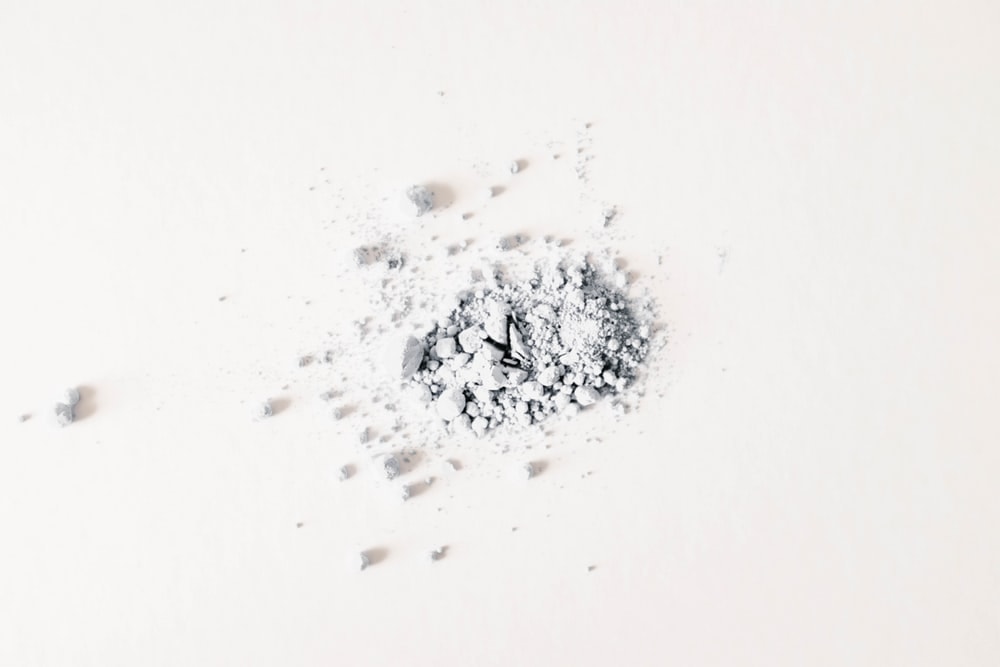
While it might seem like a novel concept if you’ve only just heard of it, the practice of using pearl powder is around 1500 years old. It has been used in many cultures around the world, but it’s highly valued in traditional Chinese medicine and in Indian Ayurvedic practices.
Pearl Powder in China
In China, the use of pearl powder use goes back to around 320 AD, where it was (and continues to be) used as a traditional medicine. The Chinese use pearl powder for cosmetic and medical reasons, including as a treatment for eye disease, heart attacks and tuberculosis. Pearl powder is frequently found in ancient Chinese medicine texts.
For the Chinese, having glowing, healthy skin has always been a priority which is why pearl powder has been highly valued for its purported benefits to the skin.
Wu Zetian, the famous Chinese female empress, was known to take pearl powder orally as well as topically. She would take a spoonful of pearl powder before bed and did this steadfastly. She is believed to have had beautiful, youthful skin throughout her life, which is credited largely to her use of pearl powder.
Pearl Powder in India
In India, pearl powder was used as an aphrodisiac, a tonic, to cure eye conditions, consumption and overall physical and mental conditions.
Pearl powder was also used as an ingredient in love potions, for its perceived aphrodisiac qualities. As an anti-aging remedy, pearl powder was highly sought after.
Pearl Powder in Europe
If you thought pearl powder was only used in Asia, you’ll be surprised to find that it was a highly valued substance in Europe.
Pearl powder was generally lauded by Medieval Europeans, who used it for its therapeutic qualities and as a skin whitener. It was commonly used in the treatment of royals and the nobility.
Pearls at that time were extremely rare and expensive, a luxury product in every way. It was used to treat, among other things, insanity, fever and other conditions.
Is Real Pearl Used to Make Pearl Powder?
Pearl powder is made by using freshwater or saltwater pearls below the accepted standard for jewelry. In other words, if the pearl isn’t of high enough quality to be used as a gem, it can be used in powder from. Obviously, you can use gem-quality pearls too, but these would be much more expensive.
Here’s a quick look at the production process:
- The pearls are first sterilized in boiling water and cleaned of any impurities. This makes sure that its safe for use.
- Once cleaned, the pearls are ground into a very soft, fine powder. Super fine pearl powder, ground to nano sizes, is easier to absorb both internally and externally.
- The resulting powder can be used as is or included in other products, like cosmetics, moisturisers or sunscreen.
What are the Benefits of Pearl Powder?
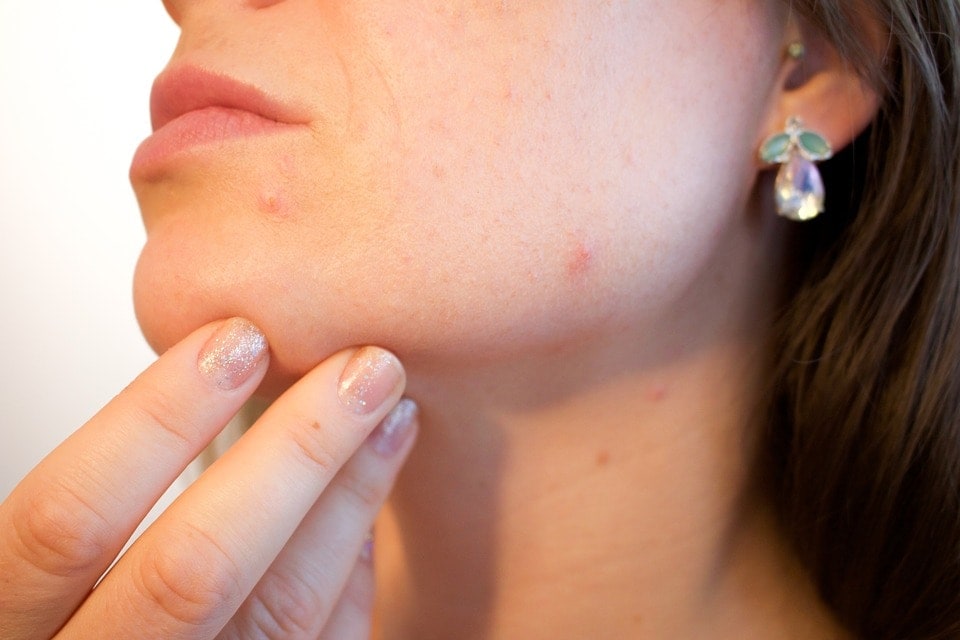
Pearl powder is believed to treat acne, spots and other skin conditions.
There are two main types of benefits – either cosmetic or medicinal. The supposed benefits of pearl powder are too numerous to list but here are some:
Cosmetic Uses
- Evens out skin tone
- Treats acne
- Reduces hormonal breakouts
- Regenerates collagen for healthier, younger looking skin
- Treats burns, sores and ulcers
- Lightens skin
- Prevents skin discoloration
- Adds luminosity to skin
- Has anti-aging potential
Medical Uses
- A superfood that balances mood
- Treats constipation and indigestion
- A relaxant
- An antioxidant
- High calcium content treats bone-related issues like osteoporosis
How Do You Use Pearl Powder?
Pearl powder is used in two main ways – orally or topically. Here’s how to do it:
Ingesting Pearl Powder
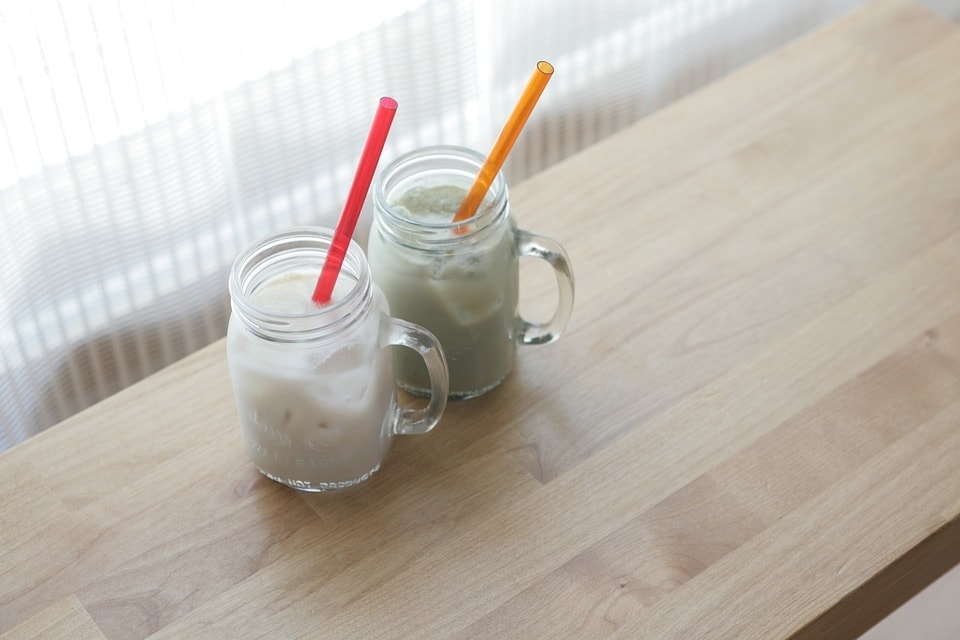
If you’re going to take pearl powder internally, you might be wondering about the taste. Luckily, it’s very mild and almost bland, except for a slight salty, sweet feel. It can have a slight fishy smell to it with a smooth and powdery texture. For most people, who include it in their diet, the powder offers hardly any taste at all.
Traditionally, pearl powder is mixed with a liquid like water, tea or a juice. You can also add it into your morning smoothie, soups or sprinkled onto your food like salt.
Generally, most people take a total of .5 to 1 teaspoon a day, in two to three doses. It’s typically recommended to start with a lower dosage and to increase this as you see fit depending on how your body reacts to it (see side effects below).
Applying Pearl Powder
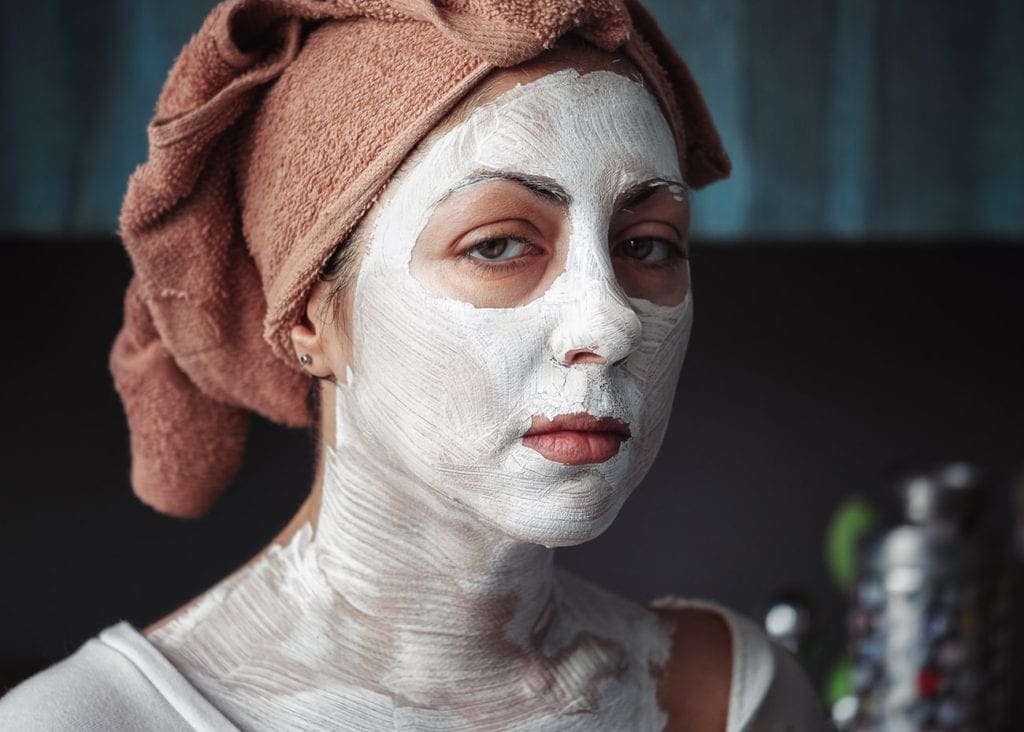
If you’d rather apply than ingest pearl powder, you’ll find it sold as readymade cream or you can make your own pearl powder cream. Because of the high mineral and amino acid content in the powder, it’s considered a type of luxury cosmetic product, a ‘mineral makeup’.
Pear powder can be used on all skin tones and is used as an exfoliating agent. Here are some ways to use it:
- Simply apply it over your face with a makeup brush, much like you would apply any other face powder. It works as a gentle highlighter or finishing powder.
- Create a face mask by combining pearl powder with other ingredients, like honey and lemon juice. Apply this to your face and leave it on for about 30 minutes for clear, glowing skin. generally, a pearl powder mask once a week is considered sufficient.
- Use a pearl powder cream which contains a sufficient amount of the ingredient. Alternatively, mix in pearl powder with your moisturizer and sunscreen and make your own pearl powder cream in this way.
Is Pearl Powder Vegan?

Pearl extraction from oyster.
This is a tricky one because pearl powder is made of calcium carbonate (a mixture of aragonite and calcite) as well as conchiolin. These aren’t animal products per se, but they are made by animals. Oysters and mussels secrete these in layers to form pearls, making pearls an animal-created product, much like honey.
For many vegans, this isn’t an issue and they include pearl powder in their diets. However, for strict vegans and animal activists, you might want to avoid pearl powder as mollusks are exploited in the process of the creation of pearls.
Pearl Powder Price
Pearl powder ranges in price, depending on the quality of the product. You might think that a powder made of crushed pearls would cost an arm and a leg, but it’s a relatively inexpensive beauty option.
This is because the pearls used are of lower grade, which are inexpensive. They’re perfectly fine for use in powders but not beautiful enough for use in jewelry.
A 60-gram jar (2.1 oz) can cost around $50 and can last you a long time, depending on how you use it.

Pearl Powder from Making Cosmetics. See price here.
You’ll also come across low-priced products but take care and purchase from a high-quality seller with a proven track record and excellent customer reviews. Also, look for food-grade pearl powder.
It’s worth investing a little more in a quality product rather than run the risk of skin and other health issues because the product is of sub-par quality.
Does Pearl Powder Really Work?
Like most non-Western treatments, pearl powder doesn’t have a lot of scientific research to back it up. It hasn’t been tested by the FDA (like most other supplements) and the endorsements are predominantly by word of mouth.
However, those who use pearl powder vouch for its effectiveness, praising its beauty and health benefits. They swear by it, and its effectiveness as a skin lightener and enhancer, and love how it makes their face feel and look. Others how take it internally claim that it helps to balance their mood and reduce fatigue, as well as gives a boost to health overall.
There are some scientific studies done on the effectiveness of pearl powder that point to benefits of using this substance:
- A peer-reviewed article published in the International Journal of Cosmetic Science in 2010 found, “(Pearl powder) provides a reliable scientific basis for the use of pearl powder in beauty treatment, resistance to aging, and clinical medical treatment”.
- Another study carried out in Taiwan, which investigated the anti-aging potential of pearl powder, concluded that “The results…highlight that pearl powder is a potent antioxidant and, in the future,, can be employed for treating various age-related degenerative diseases/disorders”.
Pearl Powder Side Effects
If you plan on taking pearl powder internally, then it’s a good idea to check with your doctor first. While many praise its benefits, pearl powder is not without side effects.
Some people report feeling fatigue, nausea and gas when they ingest pearl powder. What’s more, if taken in large doses, your body may be subject to calcium toxicity. It’s easy to overdose on pearl powder without realising it. The safest way is to use pearl powder as a topical ingredient.
Wrapping Up…
The evidence points to the benefits of pearl powder in the areas of beauty and health, but before jumping on the bandwagon, check what your doctor says and any potential allergies that you might have.
Who doesn’t want lovely, luminous, clear skin? If pearl powder can give that to you, it’s well worth a try.

